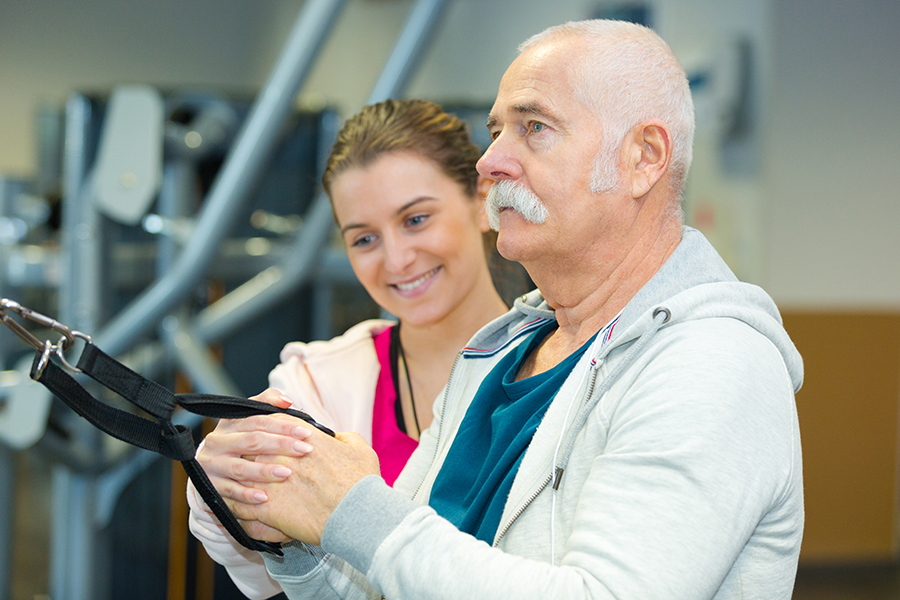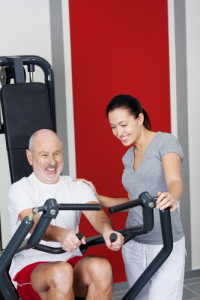The Power of Collaboration in the Quest for Cure
Let’s start with four statements I’m willing to call facts:
1. Chronic disease afflicts the majority of American adults over the age of 45.
2. People with chronic disease choose a visit with an allopathic physician (conventional medicine) as their first course of action.
3. A pharmaceutical prescription is the first course of action after linking symptoms and biomarkers to a commonly diagnosed disease (type 2 diabetes, hypothyroidism, hypertension, hypercholesterolemia, etc.).




 I’ve been to the mountain. Yes, I’ve been in the world of medicine. I’ve run my programs in hospitals, collaborated with physicians to address chronic disease, and spoken at medical conferences on topics ranging from “emotion and the patient” to “the healing powers of synergy.”
I’ve been to the mountain. Yes, I’ve been in the world of medicine. I’ve run my programs in hospitals, collaborated with physicians to address chronic disease, and spoken at medical conferences on topics ranging from “emotion and the patient” to “the healing powers of synergy.” The most important piece of creating an industry wide recognition of the trainer’s power is perhaps the dismissal of ego, the acknowledgement that trainers deemed competent in prescribing safe and effective exercise, have not learned to address metabolic imbalance, hormonal disruption, and inflammatory issues that underlie the most common conditions.
The most important piece of creating an industry wide recognition of the trainer’s power is perhaps the dismissal of ego, the acknowledgement that trainers deemed competent in prescribing safe and effective exercise, have not learned to address metabolic imbalance, hormonal disruption, and inflammatory issues that underlie the most common conditions.



 It isn’t an easy question to answer. We can tackle it by considering all of the dollars those who incur inflammatory issues, chronic challenges, and cellular degradation will have to invest in maintaining function and comfort. We might also attempt to place a monetary value upon lost quality of life. We might even consider the simple question, “what would someone pay to rediscover health” considering their fear and apprehension of the alternative, and from that extrapolate the value.
It isn’t an easy question to answer. We can tackle it by considering all of the dollars those who incur inflammatory issues, chronic challenges, and cellular degradation will have to invest in maintaining function and comfort. We might also attempt to place a monetary value upon lost quality of life. We might even consider the simple question, “what would someone pay to rediscover health” considering their fear and apprehension of the alternative, and from that extrapolate the value. HOW DO YOU STEP UP AND CREATE AN AUDIENCE?
HOW DO YOU STEP UP AND CREATE AN AUDIENCE?

